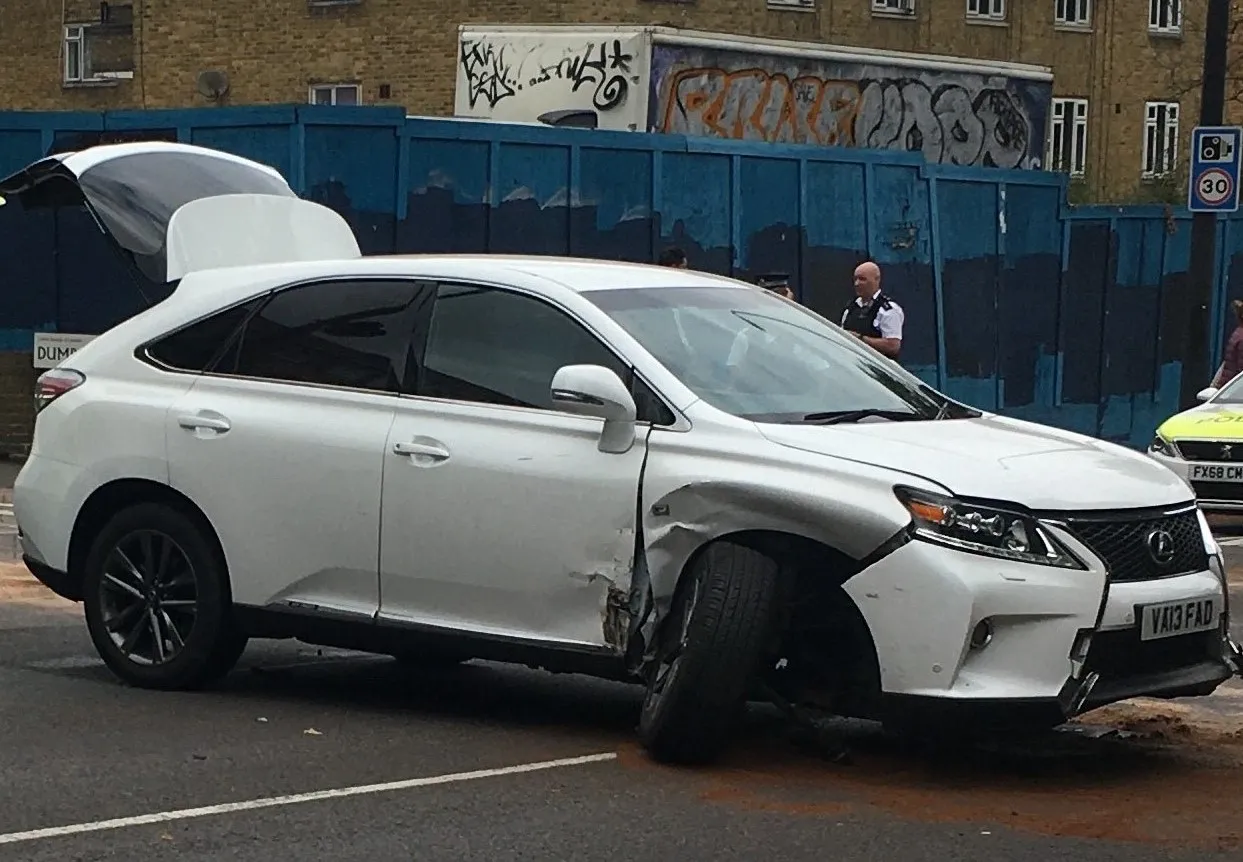Road fatalities increased in the UK during 2014, compared with 2013. The latest official figures from the Department for Transport (DfT) show there were 1,730 deaths on British roads by the year ending in September in 2014, a gain of 1% over the same period for 2013. Worse still, the total killed or seriously injured (KSI) total climbed 4% to 24,360 and child casualties rose 3% to 2,060. Cyclist deaths and serious injuries are up 8% to 3,500. For the year ending September 2014, there were 192,910 reported r
February 5, 2015
Read time: 2 mins
Road fatalities increased in the UK during 2014, compared with 2013. The latest official figures from the 5432 Department for Transport (DfT) show there were 1,730 deaths on British roads by the year ending in September in 2014, a gain of 1% over the same period for 2013. Worse still, the total killed or seriously injured (KSI) total climbed 4% to 24,360 and child casualties rose 3% to 2,060. Cyclist deaths and serious injuries are up 8% to 3,500. For the year ending September 2014, there were 192,910 reported road casualties of all severities, 5% higher than the 184,087 for the year ending September 2013, the first rise in rolling year comparisons for 20 years.
It is not yet clear if this is a statistical blip, coming after a gradual reaction over the last few decades. The drop in policing has been suggested as one of the possible factors for the increase, while the recession of the past few years has also been suggested as having benefited road safety by reducing traffic volumes and total distances travelled. There is concern too over the continuing, and possibly growing, problem of drivers using phones at the wheel, whether for making calls, texting or using the Internet. With this last problem, public awareness campaigns seem to have so far fallen on deaf ears and the issue of driver distraction is becoming more and more serious.
A number of UK groups concerned over road safety, including the5125 Institute of Advanced Motorists (IAM) and 3963 Brake, have commented on the issue and agree that this should provide a ‘wake-up call’ to the UK authorities and particularly in regard to traffic policing.
It is not yet clear if this is a statistical blip, coming after a gradual reaction over the last few decades. The drop in policing has been suggested as one of the possible factors for the increase, while the recession of the past few years has also been suggested as having benefited road safety by reducing traffic volumes and total distances travelled. There is concern too over the continuing, and possibly growing, problem of drivers using phones at the wheel, whether for making calls, texting or using the Internet. With this last problem, public awareness campaigns seem to have so far fallen on deaf ears and the issue of driver distraction is becoming more and more serious.
A number of UK groups concerned over road safety, including the







